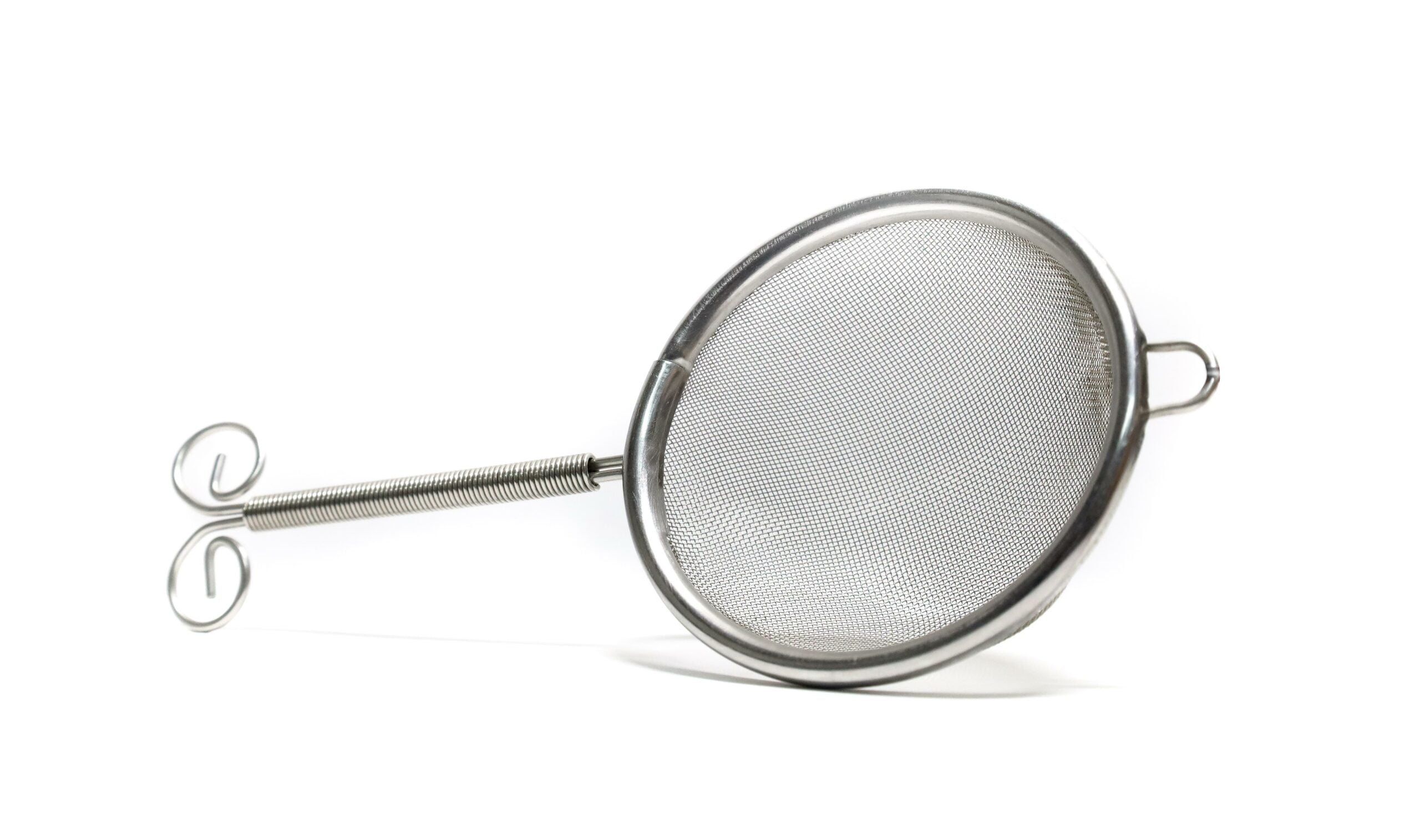Stainless steel, a formidable alloy known for its exceptional strength and corrosion resistance, has emerged as an indispensable material in various industries. From towering skyscrapers to sleek medical devices, its versatility knows no bounds. In this article, we embark on a journey to delve into the diverse applications of stainless steel. Whether you’re an engineer, an architect, or simply someone intrigued by the remarkable capabilities of this alloy, prepare to be captivated by its countless possibilities and the unparalleled value it brings to the world of manufacturing.

Stainless Steel Applications
Stainless steel is a remarkable material that finds its applications in a wide range of industries, thanks to its versatility and exceptional properties. From architecture and automotive to medical and aerospace, the diverse applications of stainless steel are a testament to its unrivaled capabilities.
In architecture, stainless steel is utilized for both practical and aesthetic purposes. Its durability, resistance to corrosion, and ability to withstand harsh weather conditions make it an ideal choice for building exteriors, bridges, and monuments. The distinctive, sleek appearance of stainless steel adds a modern touch to architectural designs, creating visually stunning structures that stand the test of time.
When it comes to industries involving water, stainless steel truly shines. With its outstanding corrosion resistance, it has a long history of application in contact with water. Whether it’s piping systems, water treatment plants, or marine equipment, stainless steel ensures durability and reliability in challenging environments. Its resistance to rust and staining ensures the purity and safety of water, an essential factor for public health.
The pulp, paper, and biomass conversion industries rely on stainless steel for their demanding processes. Stainless steel equipment in these industries needs to withstand high temperatures, chemical exposure, and abrasive materials. With its excellent heat resistance, corrosion resistance, and strength, stainless steel provides the necessary durability and reliability to handle these challenging conditions.
Chemical and petrochemical processing is another field where stainless steel finds extensive use. The harsh chemicals, high temperatures, and corrosive environments present in these industries require materials with superior resistance. Stainless steel, with its resistance to chemical attack and oxidation, proves to be an invaluable choice for manufacturing equipment, storage tanks, and pipelines. It ensures the safety and efficiency of these processes while minimizing the risk of leaks or failures.
In the food and beverage industry, stainless steel is the material of choice due to its inherent hygienic properties. It resists corrosion and does not react with food, ensuring that the integrity and quality of the products are maintained. From food processing equipment and storage tanks to kitchen appliances and utensils, stainless steel plays a vital role in ensuring food safety and meeting stringent sanitary regulations.
The automotive industry also benefits greatly from the applications of stainless steel. Its exceptional strength-to-weight ratio makes it an excellent choice for constructing vehicle components. Stainless steel provides the necessary structural integrity, reduces weight, and contributes to fuel efficiency. From exhaust systems and engine parts to body panels and trim, stainless steel enhances the performance, safety, and longevity of automobiles.
In the field of medicine, stainless steel plays a crucial role in various applications. Its biocompatibility, corrosion resistance, and ease of sterilization make it an ideal material for medical devices, implants, and surgical instruments. From joint replacements and dental implants to surgical tools and medical equipment, stainless steel ensures the highest level of patient care and safety.
The energy industry also relies on stainless steel for its demanding requirements. Whether it’s power generation plants, oil and gas refineries, or renewable energy projects, stainless steel offers the necessary strength and corrosion resistance to withstand extreme conditions. It ensures the durability and efficiency of equipment such as turbines, heat exchangers, and pipelines – critical components for energy production.
Moreover, stainless steel finds applications in various other industries. Its strength and resilience make it a preferred choice for the production of firearms, ensuring reliability and performance. It is extensively used in mining and quarrying equipment, where its toughness and resistance to abrasion help withstand the harsh conditions of extracting minerals. Stainless steel is also widely employed in electrical engineering, where its excellent electrical conductivity and resistance to corrosion and heat make it an essential component in motors, generators, and transformers. Lastly, the food industry relies on stainless steel for its equipment due to its sanitary properties, ensuring the production of safe and high-quality food products.
In summary, stainless steel’s applications are as diverse as its properties. Its versatility, durability, and resistance to corrosion make it a material of choice in various industries. From architecture and automotive to medical and aerospace, stainless steel continues to revolutionize and elevate countless applications, enabling innovation and driving progress.
“Stainless steel’s exceptional properties open doors to a multitude of possibilities, transforming industries and shaping the world around us.”
Stainless steel is more than just a metal; it’s a fascinating material with a rich history and impressive properties. If you’re curious to learn more, we’ve compiled a list of 5 interesting facts about stainless steel that will surely pique your interest. From its long-lasting durability to its resistance to corrosion, stainless steel has proven to be an indispensable material in various industries. So, if you’re ready to dive into the captivating world of stainless steel, click here to explore these intriguing facts: 5 Interesting Facts About Stainless Steel.
FAQ
What are some practical and aesthetic applications of stainless steel in architecture?
Stainless steel is commonly used in architectural applications for both practical and aesthetic purposes. It is often seen in the form of stainless steel sheets, panels, and cladding for building exteriors, facades, and roofs. Additionally, stainless steel is utilized for structural elements, such as beams, columns, and handrails, due to its high strength and durability. Its sleek and modern appearance also makes it a popular choice for interior design elements, such as staircases, countertops, and fixtures.
Why is stainless steel extensively used in the food and beverage industry?
Stainless steel is widely employed in the food and beverage industry due to its exceptional corrosion resistance properties. It does not react with or contaminate food, making it a safe and hygienic choice for food processing equipment, storage tanks, and kitchen appliances. Stainless steel is also easy to clean and maintain, as it is resistant to staining, rust, and bacterial growth. Its durability and longevity make it a cost-effective option for the demanding requirements of the food and beverage industry.
How is stainless steel utilized in the field of medicine?
Stainless steel is highly valued in the medical field for its biocompatibility and resistance to corrosion and infection. It is extensively used in the manufacturing of medical instruments, such as surgical tools, implants, and diagnostic equipment. Stainless steel medical devices are known for their strength, durability, and ability to withstand sterilization processes. Additionally, stainless steel is utilized in the construction of medical facilities, including operating rooms, lab benches, and storage cabinets, due to its hygienic properties and ease of maintenance.
What are the applications of stainless steel in the energy industry?
Stainless steel plays a crucial role in the energy industry due to its ability to withstand harsh environments and extreme temperatures. It is commonly used in the construction of power plants, oil and gas refineries, and nuclear facilities. Stainless steel pipes, fittings, and storage tanks are utilized for transporting and storing various energy sources, such as oil, gas, and chemicals. Additionally, stainless steel is employed in the production of renewable energy technologies, such as wind turbines, solar panels, and geothermal systems.
Are there different types of stainless steel available for various applications?
Yes, there are different grades and types of stainless steel available, each with its own unique properties and applications. The most commonly used stainless steel grades include austenitic, ferritic, martensitic, and duplex. Austenitic stainless steel (e.g., 304, 316) is widely used in various industries, including construction, automotive, and food processing, due to its excellent corrosion resistance and formability. Ferritic stainless steel (e.g., 430) is known for its magnetic properties and is commonly used in automotive applications. Martensitic stainless steel (e.g., 410, 420) is often utilized in cutlery, tools, and turbine blades due to its high hardness and wear resistance. Duplex stainless steel (e.g., 2205) offers a combination of corrosion resistance and high strength, making it suitable for applications in the chemical, oil, and gas industries.
- SYBAU See You Baby Meaning: Gen Z Slang Evolves - July 1, 2025
- Unlock Your Inner Youth: Lifestyle Secrets for a Vibrant Life - July 1, 2025
- Decode SYBAU Meaning: Gen Z Slang Explained - July 1, 2025






